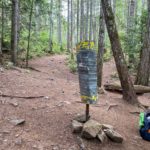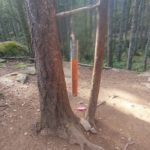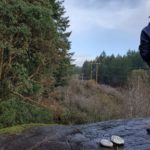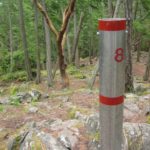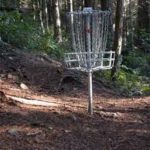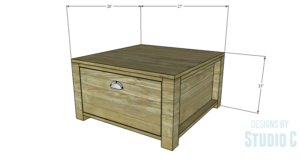Inquiry #7: Reflection and Extension
Here are some reflection questions that I have answered in audio form. I thought this would be a fun interview style format for my last post.
What did I learn about Free Inquiry through my exploration in disk golf?
In what ways did technology affect my learning?
Part 2
Extension: In what ways would I like to use technology to continue my learning?
One of the aspects that made this project so enjoyable was that I was able to do it with friends. I really do have to give a big shout-out to my friend Mike who was a champ and helped me practice endlessly and gave lots of good tips. I have an amazing video of Mike giving some actual good advise while David pokes fun at him:
Easily my favorite line is “Should I look with my eyes or with my heart,” and really I think we all have that same question David…
While some of the computer tools we learned to use this semester didn’t come into play for this inquiry (unless we start making discs on the 3D printer), I definitely used applied the more conceptual ideas we touched on. I feel like I hit all the points a good inquiry needs to have: Orientation, Conceptualization, Investigation, Conclusion, and Discussion
- Orientation: this was initially a little shaky as I did not flip-flopped around before solidifying my topic
- Conceptualization: My inquiry question was essentially: how do I best improve.
- Investigation: I used a variety of digital and in person resources to research and investigate technique and how best to refine my abilities.
- Conclusion: These blogs (most especially this one) have acted as my way of reflecting on what I have learned and attempted to apply each week. Whether these be successes, failures, or musing, they have all added to my greater understanding.
- Discussion: This is the next step going forward. After sharing this blog with my peers and getting a chance to relax and read theirs, I hope that we will all get a chance to discuss our experiences over the last 3 months.
Hopefully their projects were as fruitful and entertaining as mine.


